As the Goddess of Inspiration, Healing and Smithcraft, there are some origins in St. Brigid’s mythology that I thought were worth a gander for my witchcraft series. Especially when you consider that she is embraced not only by the pagan culture, but also by the Christians through their devotion to Saint Brigid. What is surprising is that both entities are still alive and well today, and those who honor them, do so side-by-side in the meaningful places they both share.
I thought I would give you the origins of the Goddess and her myths, and then talk a little about the history of Saint Brigid and the similarities that were carried over to support a new religion in ancient Ireland. There are some that say that both Saint Brigid and the Goddess Brigid are one in the same, however, it is highly unlikely we will ever know the truth. But it is interesting how many of their characteristics and traits are parallel, and it is that avenue that we will be traveling today. As I have said before, I am learning about some of these goddesses for the first time, so I welcome any input if I get anything wrong. That said, let’s head to Ireland!
Origins of Brigid
There are many variations of the goddess’ name, some of which are Brigit, Bride or Brighid. Over the centuries the Goddess Brigid has become entwined with the Catholic Saint Brigid of Kildare, the connections of which we will talk about later in this post. Much like the goddesses we have already met, Brigid was a goddess of many titles. The native Irish worshiped Brigid as the goddess of poetry, smithworks, healing, divination and prophecy and it is interesting to note that she is associated with fire.
Brigid was the daughter of Dagda (meaning ‘great god’), who was the leader of the Tuatha dē Danann in Irish mythology. He was the god of life and death, but was also associated with fertility, specific to the seasons and agriculture. He also has deep ties to druidity and magick. Brigid’s mother was Morrigan, the triple goddess and shape-shifter associated with birth, death, destruction and fertility. She was a fierce war goddess and her triple persona was tied to the cycle of the moon. During my research there were references to Dagda and Morrigan “meeting” once a year, and I’m not quite clear when that was, but we know what they were up to, since Brigid seemed to be the result of one of those get-togethers. It is said that she was born at daybreak, with rays of fire were beaming from her head.

Much like her mother, Brigid was often described as having three distinct personas, but that is where the similarities seem to end. Unlike her mother whose personalities went by different names and were a bit on the dark side, Brigid’s shared the same name and were much more nurturing. Brigid’s three distinct personas governed over what is at first glance three widely different things, but if we take a closer look, the fire she is associated with is the link between all three.
One persona holds the title of the patroness of poetry. Although bardic lore and storytellers seem to be lumped into that group since nothing was written down until the monks arrived later. She provides inspiration and encouragement to those who re-tell the stories of the people, in order for all to benefit from culture and learning. The fire of creativity and the passion of being truly inspired is something I can get behind as a story-teller. Thank you Brigid!
Brigid was also known as the Goddess of physicians and healing as well as divination and prophecy. This is the home and hearth aspect. Keeping the home fires burning was something that she was in charge of. She was associated with the first stirrings of Spring as the days started to lengthen, and during the festivities of Imbolc is her time to shine as it is a message that better things are soon to come. It was said that she leaned over every cradle, and was thought to look over all children, especially those without one or both parents. Considering that her parentage predisposed her to fertility this makes complete sense. The hearth was the center of every home and the fire burnt all year. It was around the hearth that stories were told and the next generation of family members were taught which herbs to use in recipes both for cooking and healing. This was before the written word, and when all accounts of history, mythology and wisdom were relayed orally.
The final persona of Brigid was the patroness of the forge. She was the goddess of smithcraft. As such, she was associated with magickal powers in that the element of Fire was mastered to create things of use from the elements of Earth. The role of the smith in ancient tribes was critical in that they were able to create tools to help with farming, thus supporting agriculture. They also supplied menfolk with weapons and armor, and women with cauldrons and hand tools to better take care of their families at home. Brigid’s fostering of creative expression had smiths creating jewelry and specialty items as well.
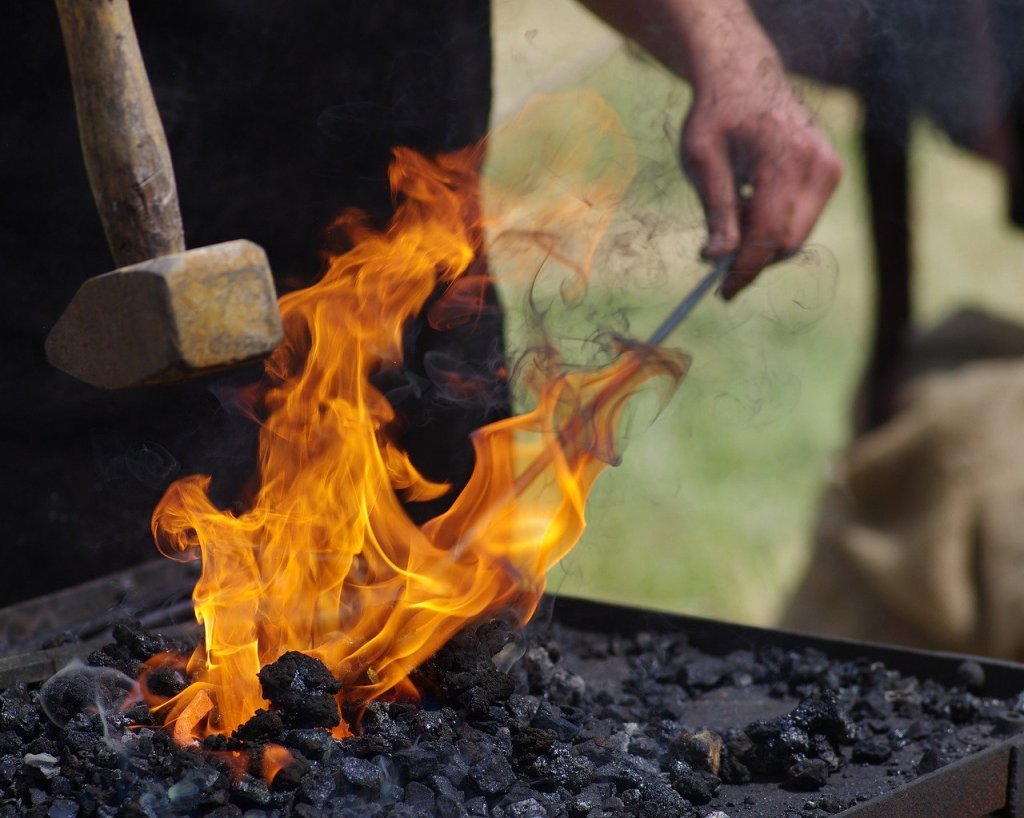
Brigid’s name means “exalted one” and her ancient name, Breo-Saighead, means “fiery power.” She is often depicted with rays of light coming from her head, and generally as a beautiful woman with long red hair. She is often referred to as the “Triple Goddess” as the fires she fans light three very different aspects. It was in this sense that she was often thought of as three entities with the same name, one to foster inspiration, one to support the hearth or home fires, and one to keep the fires of the forge hot. All three of the main things she was in charge of overseeing, could be seen as very similar in nature in this case.
Mythology of Brigid
Brigid was married, to Bres, the half-Formorian ruler of the Tuatha dē Danann, and had with him a son Ruadan. Her marriage to Bres was an alliance, which fostered peace between two factions at war, and it seems that peacekeeping aspect of her personality was something that carried through the stories told about her. Ruadan used his knowledge of smithing to injure their smith, not sure why, who in turn killed Ruadan before taking his last breath. It was said Brigid’s grief was the first caoine (keening) ever heard in Ireland, and was not only an expression for the loss of her son, but also for both sides of the family. Interesting side note, it was common practice to hire women to perform caoine at your loved one’s graveside. For anyone interested in hearing a modernized example of this beautiful music, you can link here.
In another story she was the wife of Tuireann and with him had three sons, Ircharba, Iuchar and Brian. Because of a feud, they kill Cian of the Tuatha Dé Danann and, as it goes in these sort of stories, the son Lugh wants revenge. Éraic (eiric) was a form of reparation until the sixteenth century, and for his father’s murder, Lugh used it to assign the trio of brothers tasks to perform that took them all over Europe. Similar to those given to Hercules, these tasks were dangerous and seemingly impossible. The brothers completed all of them successfully, but were injured on the final one. That was how they eventually met their demise and allowed Lugh his revenge “payment.”
Paying homage to the Goddess Brigid was widespread among the Celts of Ireland, and provided a common thread between the warring clans. It is in this vein that the mythology of her marriage to Bres makes sense, and provides the people with hope that even warring clans will find a way to find peace. It seems that there were very few that didn’t honor or know of the goddess, however, in the 5th Century the Goddess had to evolve or perish.
Goddess Brigid connection to St. Brigid
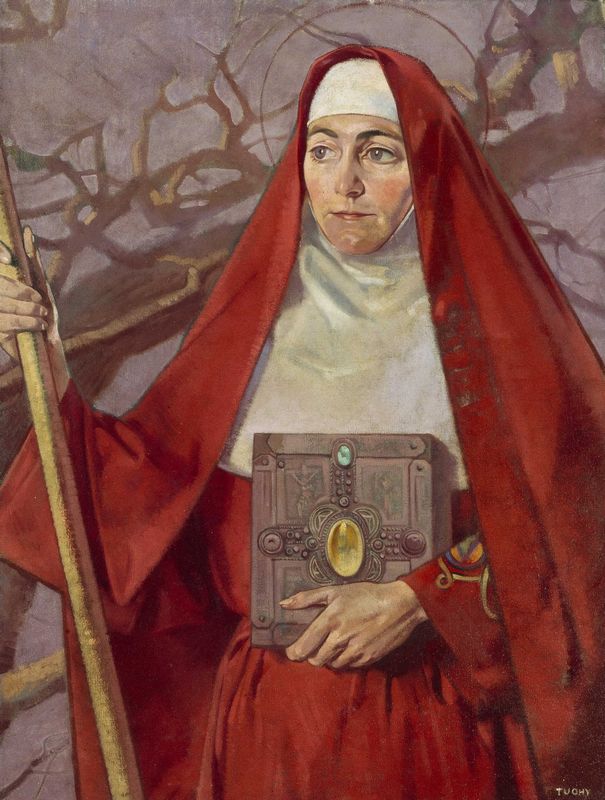
It is said that St. Brigid of Kildare was born around 453 AD, near Dundalk, County Louth. Although that could very well be when the Catholic church canonized her. By some accounts she was born into servitude and by others into a Pagan family. There are conflicting stories, but what seems to be agreed upon is that she was converted to Christianity with the help of St. Patrick. It is also agreed that at an early age she was recognized as having a compassionate and generous spirit. She was so generous, in fact, that one story is that her own father wanted to sell her because she had given away so many of his most valuable possessions.
She was known to have performed many miracles and healed and cared for the sick. Her popularity grew to the point where she became closely associated with the Virgin Mary, and in fact was give the title “Foster Mother of Jesus.” Some myths place her in centuries much earlier than her 5th Century life, describing her as the mid-wife attending Mary or the daughter of the innkeeper who had no room for the birth of Christ. Since there was no written language in Ireland until the monks arrived, it was up to them to put the orally transferred stories and legends to paper. Considering that some of the stories were centuries old when they penned them, it is understandable how accounts of what “actually” happened can vary. However, it seems strange that Saint Brigid is reflected in stories that pre-date her birth.
She was said to have had offers of marriage, but chose to become a nun. She and seven other nuns eventually settled in Kildare, where she died peacefully on February 1, 525 AD. Her death, and the pagan goddess’ feast day for Imbolc, were coincidentally the same day, and provides a meaningful link for those who recognize it. Since the pagans were no longer allowed to worship their old gods and goddesses, it gave them a familiar entity that embodied all of the traditions that were important in their lives.
Brigid in Witchcraft today
The Castle at Kildare still stands today and is one of the oldest sites of continuous worship of the Catholic faith. Their followers have been worshiping there for over 1,500 years, and it is entirely possible that the site was used much longer than that by the Druids. It is one of the oldest sites in all of Ireland used for this purpose and I think it is cool that both worlds recognize its value in giving people a sense of place and a foothold in traditions that their ancestors started centuries ago.
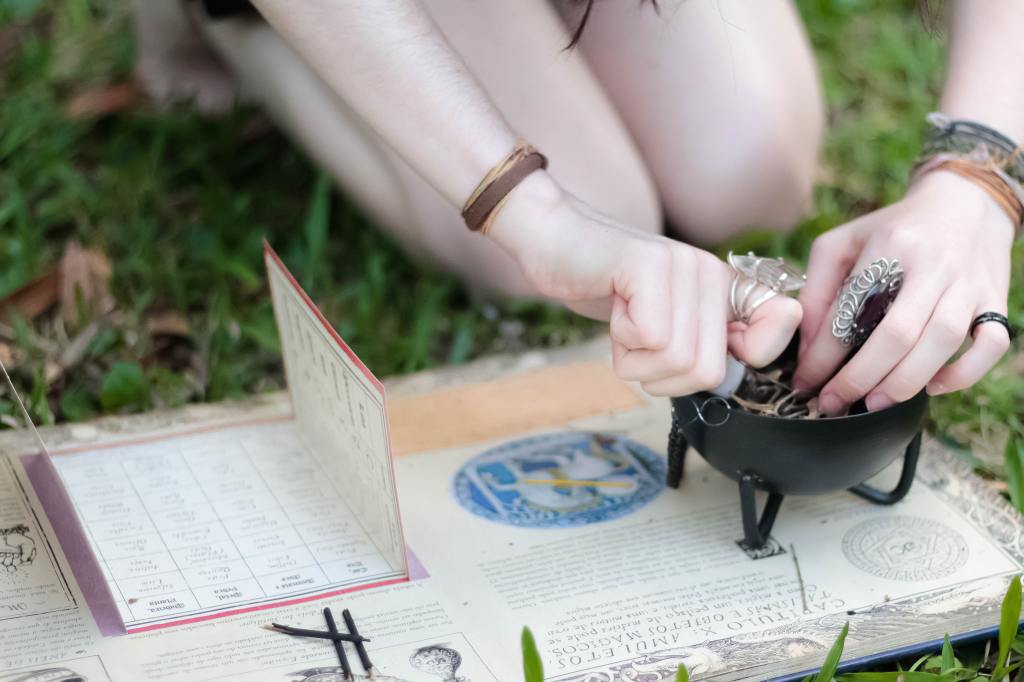
I hope you are liking this series, and if you are be sure to drop me a comment below! I have included some clips below as well as some other links that will give you more information on Brigid should you be interested. In the meantime, stay tuned for future segments! We will be travelling to other places around the globe to check out Goddesses of Witchcraft in other cultures. To make it easy, I have started an index of my #MythicalCreatureMonday posts which you can link to here. Happy reading! XO
Brigid: The Goddess of Inspiration, Healing and Smithcraft
Other Resources of note:
https://www.mythicalireland.com/myths-and-legends/brigid-bright-goddess-of-the-gael/
Historic Mysteries: Celtic Goddess Brigid and the Story of the Enduring Deity
https://www.uscatholic.org/articles/202001/st-brigid-offers-healing-todays-divided-world-31944

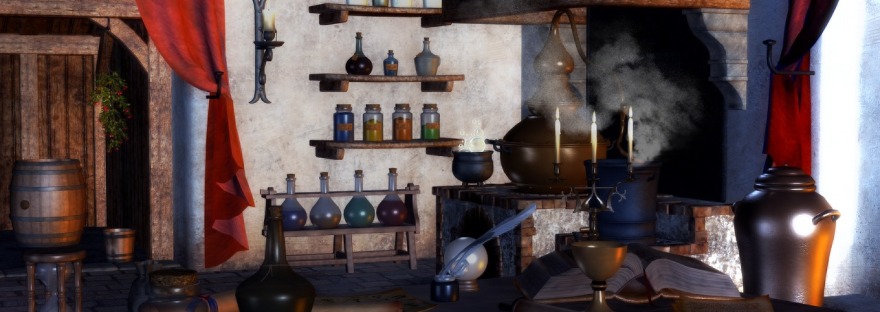
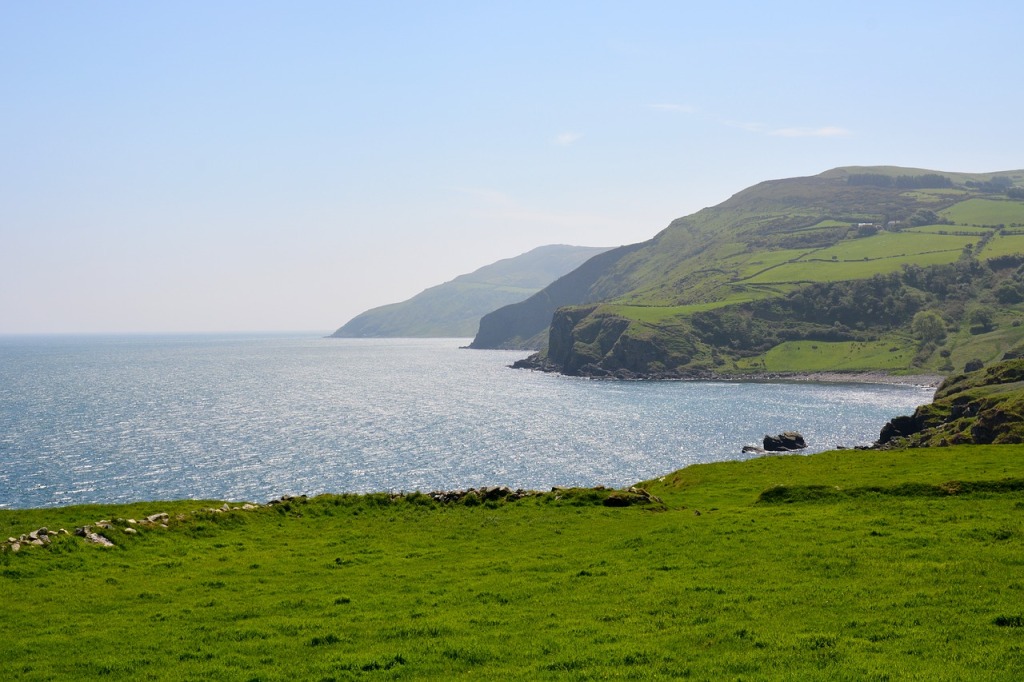
2 thoughts on “#MythicalCreatureMonday – Origins of Witchcraft: Brigid aka Bridget, Bride (Irish/Celtic)”
Comments are closed.